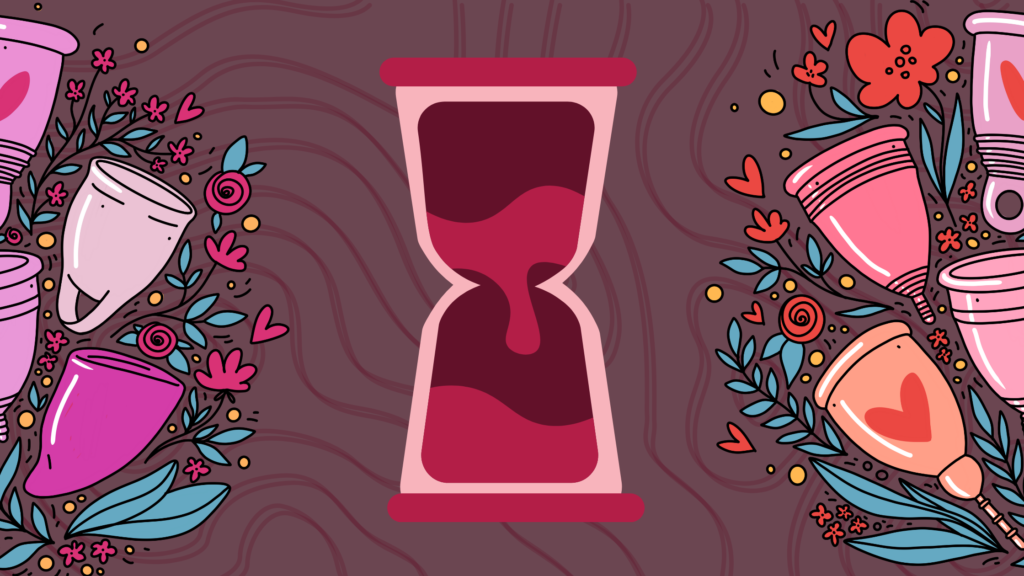The Muse Inks
4 Life Lessons from Filipina Artists
by Gabrielle Lopez
March 28, 2025
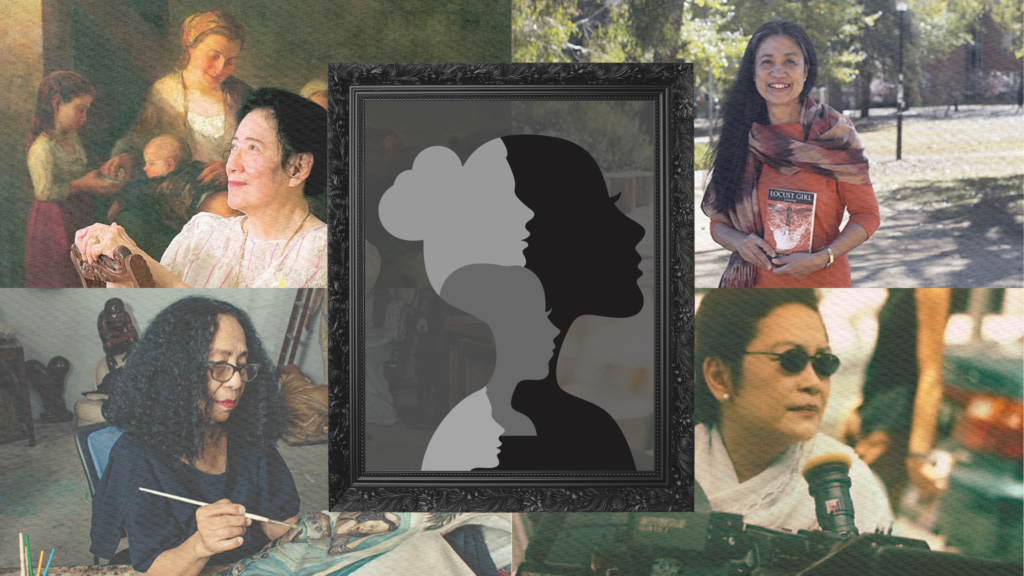
Women’s month comes to an end soon, but our hopes for empowerment are far from over. This is only the beginning; from here on out, championing women’s rights is an effort for the everyday.
Here are a few life lessons to bring with us as we move onward—because where better to find some light than in art? And who better to shine that light on us than the artists behind them? In this case, we take the cue from four Filipino women in different fields of art, who have left their unforgettable marks, be it on canvas, in pages, on terracotta, or in screens.
Anita Magsaysay-Ho, Painter:
Don’t forget where you came from.
One of the most famous female figures in the local visual arts scene—even going so far as to be nicknamed “the female Amorsolo”—Anita Magsaysay-Ho was a painter well-known for her idyllic portraitures of Filipinas happily hard at work under the sun. Anita’s art bore the first traces of the cubist art style in the country.
Having grown up in the province, she rendered her cherished childhood memories of the Zambales summers she’d spent right into her paintings. Her participation into rural agricultural activities beyond a mere observation of them—like trying her hand at fishing, picking fruits, pounding rice, experiencing barrio fiestas and processions—explain the vibrant energy that made itself manifest in every color she used, every brushstroke, so that a warm, inviting picture of contentment essentially showed like in her 1989 oil painting, “The Potters”.
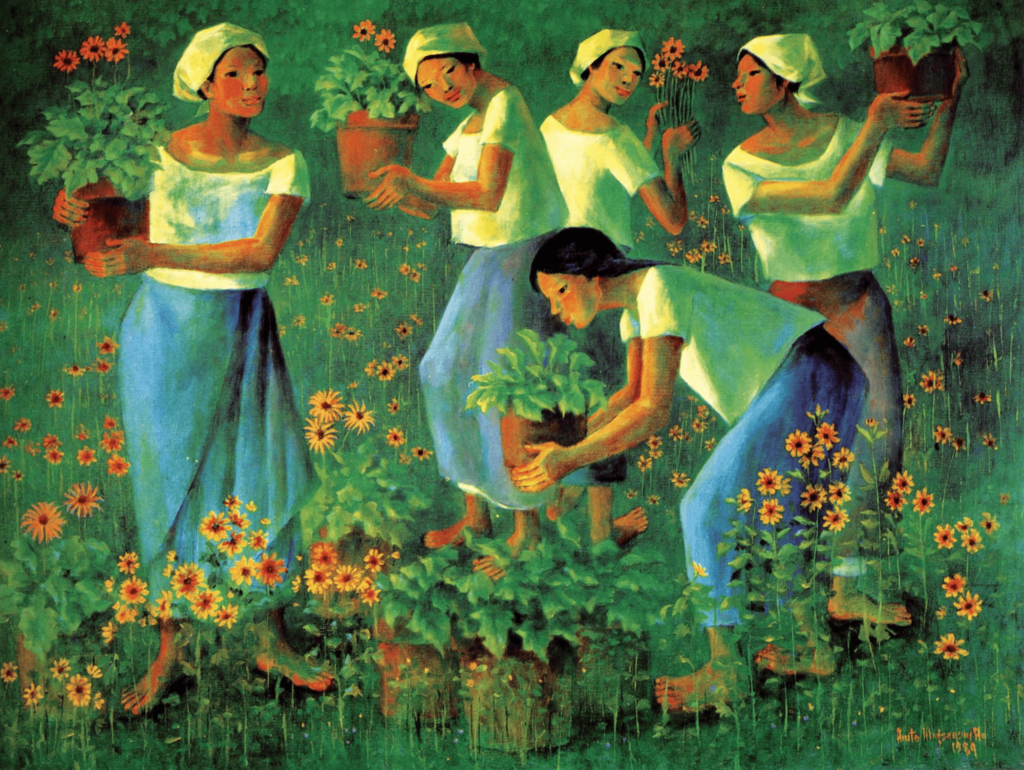
“The Potters” by Anita Magsaysay-Ho, 1989 (oil on wood)
Even when she ended up travelling and living elsewhere—a literal citizen of the world, from Canada to Brazil—Anita Magsaysay-Ho carried this atmosphere from her hometown in her heart and her art. For all of the big cities she’d been—from Tokyo to Rio to Hong Kong—and all of the women and places she had doubtless encountered and gotten to know, Anita continued to paint the likeness of only Filipino women, life and scenes from the Philippines.
This goes to show us just how profound the sense of home and belongingness goes. No matter where we end up in the world or in our lives, we will always carry the pieces of where we came from with us. They are a part of who we are as much as our bodies—they are in our bodies, our very being. The air we used to breathe and fill our lungs with on afternoon walks, the sky we grew up waking up to, the sunshine marking our skin. The eyes of people around us that meet our gaze and make our days, the language that easily roll off our tongues.
The roots of home reach far and deep, somewhere to a place in our hearts that will never forget it once perfectly belonged and will always long to be back. We carry on wherever we are with history in our hearts and veins, hoping that much like Anita and the serenity of the Filipino women that her paintings offered, whatever we do, whatever we give—we give it with the soul of the places we came from, the people who helped shape us along the way.
Merlinda Bobis, Writer: The world is wide with wonder and kindness in between.
Writer is perhaps a word too short to encompass Merlinda Bobis’s literary and linguistic artistry. She is a poet, novelist, playwright, and performer, who pens her thoughts for the world to partake in three languages: English, Filipino, and Bikolano. Having grown up in Albay, travelled around the world, and now living in Australia where she continues to be an arts facilitator and lecturer, it is no wonder that “Accidents of Composition”, her latest collection of poems—76 in number, to be exact—is a tribute to the vastness of the world, the infinity of life as it goes: our common experiences, the subjectivity of histories, the timeless mysteries of how things come to be.

“Accidents of Composition” by Merlinda Bobis, 2017 (poetry collection)
As the title subtly asks, is everything all just a coincidence or is it intentional? Stories continue to unfold every day, in every which way—imagine the multitude of it. What part of life is an accident, what part is composition? Which ones happen by chance and which ones by fate or by will?
For all of the questions that the poems pose, the collection’s subtitle gives us a certain clarity, even if ironically it is still posed as a maybe: “There could be accidents of kindness here.” For all that we experience, all the things that unfold around us—for all that we try to live the most of our lives in our time, where nothing is as it seems, there is a chance for kindness, too. As much as suffering is universal, so is kindness—be it by accident or by design, there is always something good out in the world.
It’s an accident
of composition: sun, sky, bird…
but which composes which
and which is accidental?
…
Look: barely a thumbspan
between
sun and bird
before the answer is given,
enough to fit
the fingerprint of god.
– excerpt from “After the Grand Canyon” by Merlinda Bobis
Julie Lluch, Sculptor:
Embody your beliefs.
One of the legends of creation goes: we, humans, are molded from the earth. Our bodies are clay, breathed into life. In a way, we see the truth of this legend in artist, Julie Lluch’s work as a sculptor. A master of terracotta—and now, also adding marble as her medium—she creates the likenesses of the human experience, shaping them in clay and making them come alive with the ideas, experiences, and realities that they represent. More importantly, Julie Lluch’s sculptures stand not only as a testament to her expertise and her bold spirit to present what is otherwise taboo, but they are made to personify what the artist stands for.
Her works, especially since she proudly and openly considered herself a member of the feminist movement in the 1970s, have embodied the realities and struggles of the personal, the political, and the patriarchal. Her 1980s art series of cactus sculptures—an undeniably phallic exemplification of men’s pervading dominance in society—go hand in hand with the artist’s active participation in feminist collectives like the Katipunan ng Kababaihan para sa Kalayaan and KASIBULAN.
In Julie’s 2023 collection, “Chronicles on Skin”—one that is timely to revisit at the time of this article’s writing, as the nation awaits justice for former president Rodrigo Duterte’s hand in extrajudicial killings—the artist took a step further into activist art. The collection, exhibited a year after Duterte’s presidency, featured sculpted bodies, beaten black and blue and tattooed symbolically with violence from our colonial past and from more recent injustices against our human rights.
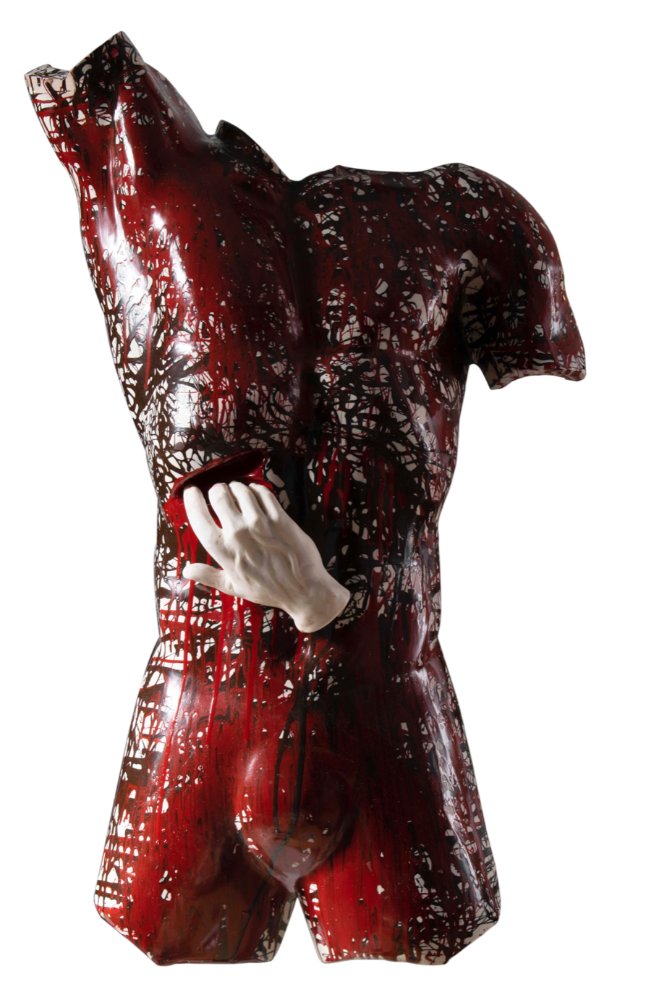
“Touch Me” (from collection, “Chronicles on Skin”) by Julie Lluch, 2023 (acrylic on cold cast marble)
“Touch Me” is a piece through which the artist calls us to touch the wounds of our fellow Filipinos, to overcome our doubts and believe them in their persecution, and to come as one to call for justice. Every piece is both a timeless reminder of our history and a timely statement of our troubled present—where killings go unchecked without due process, normalized, and even permitted by the very people from within our own political system. The artist said it herself—it is our moral duty to remember these violations against Filipinos, our duty to not let them go unpunished.
With this pain—and anger—given form and made tangible in Julie Lluch’s collection, we learn to embody our beliefs like the artist. We learn to fight for what is right with what we have—in her case, her art—to be daring enough to talk about the suppressed, and to embolden the oppressed.
Marilou Diaz-Abaya, Filmmaker:
Turn towards the truth.
Three titles: “Brutal” (1980), “Moral” (1982), “Karnal” (1983). Marilou Diaz-Abaya would go on to make many more, but it was with these three that she ushered in what is known as the Second Golden Age of Philippine Cinema. More importantly, it was with these three films, with women at the forefront, that the renowned director made space for women’s narratives—particularly the darker, untold, ignored side—and feminism in Philippine cinema.
Beyond getting well-deserved awards—Best Director, Outstanding Film of the Year, Best Picture—for the said films that made her a household name in Filipino film, she achieved a level of artistry in her films that have made them a part of classic local cinema over time, with her representations of reality, however harsh, especially as experienced by women, children, and the poor amidst oppressive times like the Marcos dictatorial period.
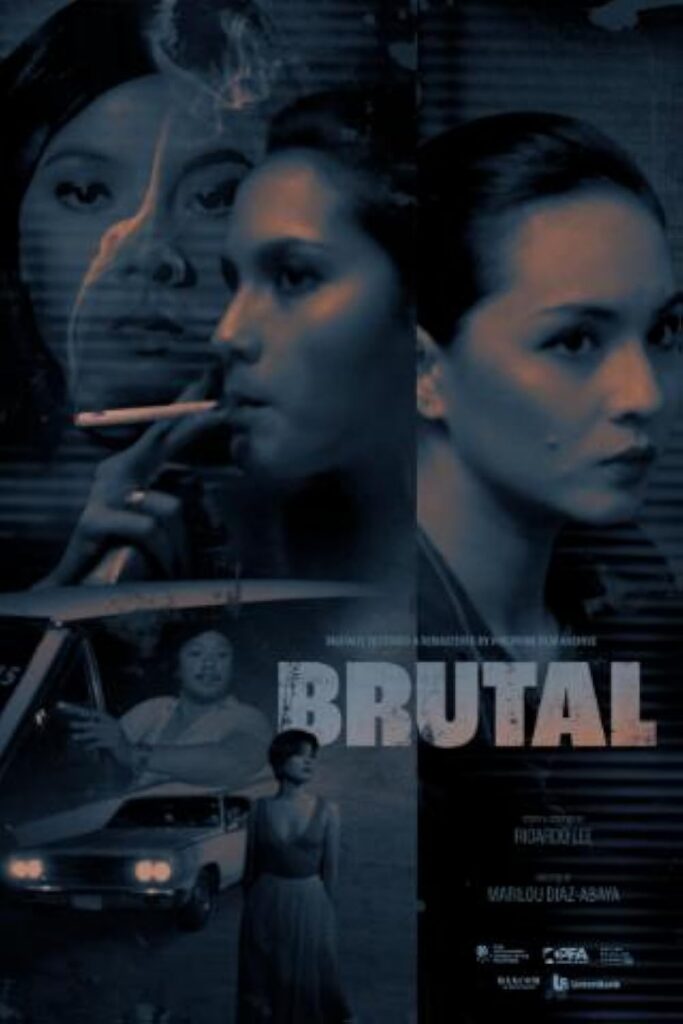
film poster for “Brutal” directed by Marilou Diaz-Abaya, 1980 (film)
As one of the titles go, these representations may be brutal, but they are true, too. Maybe the stories in these films are fiction, but the oppressions that they depict—gender-based discrimination, rape, abortion, murder, suicide—were true to life then and are true to life now. These films, while often featuring characters who are afraid to speak up about their cruel situations, ironically speak up about issues of injustice. In doing so, the taboo then turns into an open conversation of what is true.
Through her films, Marilou Diaz-Abaya guided us with a female gaze to turn towards the truth. There is consciousness in cinema, one that extends to us when we watch things unfold onscreen. Harsh realities exist whether we like to look at them or not—and in Marilou Diaz-Abaya’s films, we are invited, compelled, dared, pushed to look. And as much as this consciousness transfers from cinema to become our own, so can our newfound awareness turn into action—hopefully one aimed for the better, for equality.
Sources
Bohol, G. (2023 April 04). Julie Lluch’s ‘Chronicles on Skin’: manifesting the narratives of the nation. Tatler Asia. https://www.tatlerasia.com/lifestyle/arts/julie-lluch-chronicles-on-skin-brutality-made-manifest
Leadbeater, N. (2021 November 24). ACCIDENTS OF COMPOSITION by MERLINDA BOBIS. The Halo-Halo Review. https://halohaloreview.blogspot.com/2021/11/accidents-of-composition-by-merlinda.html
Merlinda Bobis. (n.d.). Books by Merlinda Bobis. https://www.merlindabobis.com/poetry
National Commission for Culture and Arts. (n.d.). Order of National Artists: Marilou Diaz-Abaya. https://ncca.gov.ph/about-culture-and-arts/culture-profile/national-artists-of-the-philippines/marilou-diaz-abaya-2/
Nepales, J.S.R. (2022 March 07). Pioneering Filipina Filmmakers. Golden Globes. https://goldenglobes.com/articles/pioneering-filipina-filmmakers/
Placino, P. (2023 October 03). Julie Lluch: Feminist and Activist. Art + Magazine. https://artplus.ph/featured-journal-entries/julie-lluch-feminist-and-activist
Pinto, S. (2020 April 23). A Look Back at Anita Magsaysay Ho: Her Life, Art, And Philosophies. Tatler. https://www.tatlerasia.com/lifestyle/arts/anita-magsaysay-ho-her-life-art-and-philosophies
Read Next
We all know how painful and unpleasant menstruating can be, so why not feel as good about it as we can while we’re…
Why are we so against growing old—looking old? When we think of beauty, we think of someone young. Snow White wasn't old when…
The Muse Inks
© 2025 The Muse Inks. All Rights Reserved.

